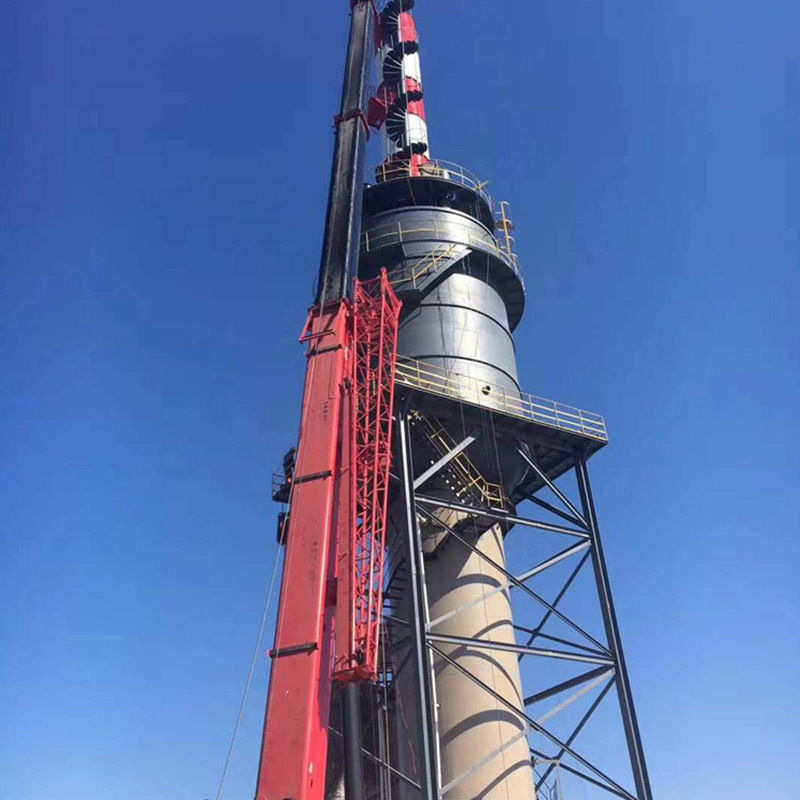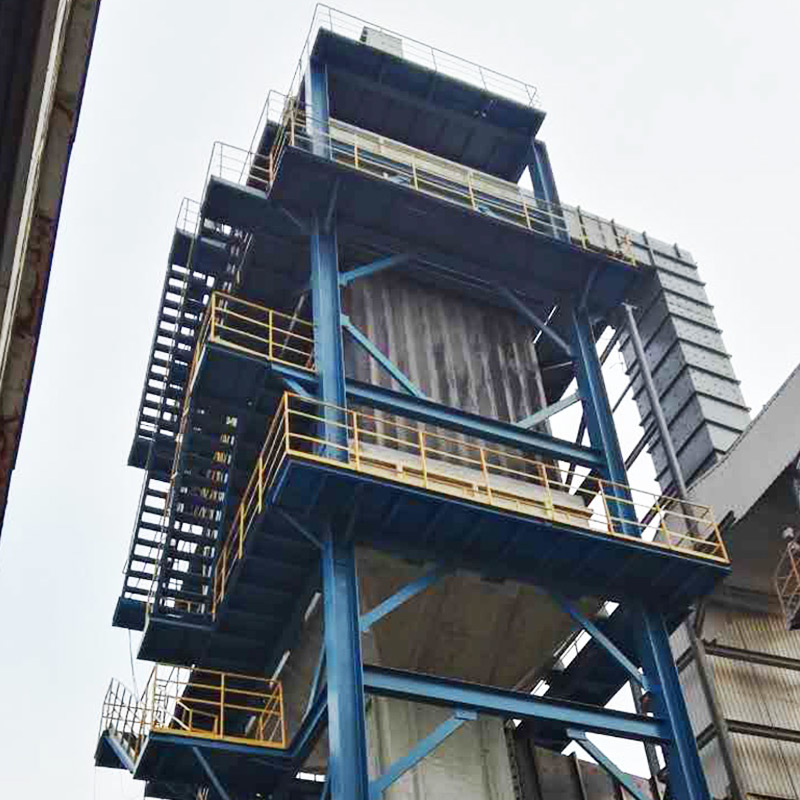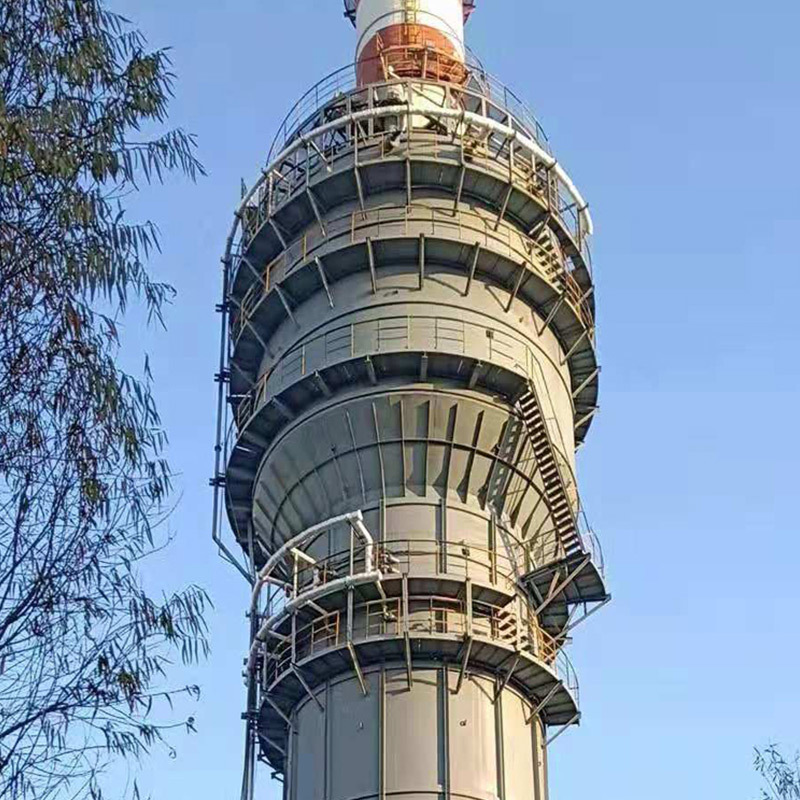
Denitrification plant
- Commodity name: Denitrification plant
- Detailed description
-
Our company mainly uses SCR and SNCR denitrification technologies for denitrification
SCR Denitrification Technology
Working Principle
SCR (Selective Catalytic Reduction) means selective catalytic reduction method. SCR technology is the selective reaction of reducing agents (NH3, urea) with NOx under the action of a catalyst to generate N2 and H2O, rather than being oxidized by O2, hence it is called "selectivity". This chemical reaction has certain requirements for the reaction temperature, which is within the range of 280-420 ° C. The efficiency of SCR process can reach over 90%, which is currently the most efficient process technology for denitrification.
Product Structure
The SCR denitrification device mainly consists of an ammonia supply and storage system, a dilution air system, a flue system, an ammonia injection system, an SCR reactor, a catalyst, a soot blower, etc. The core device is the reactor (catalyst installed inside the reactor), which has two different ways of horizontal and vertical airflow. In coal-fired boilers, the dust content in the flue gas is high, and vertical airflow is generally used.Technical Advantages
1. SCR technology has high denitrification efficiency, and its NOx removal rate can reach over 80% -90%.
2. SCR technology has a wide range of applicability. It can be applied to various combustion equipment, such as thermal power plants, steel plants, cement plants, refineries, etc. SCR technology can be used for denitrification of different types of fuels and combustion methods, with high flexibility.
3. SCR technology has the characteristics of high efficiency and low energy consumption. The catalyst requires a low reaction temperature and has low energy consumption.
4. SCR technology has high reliability and stability. The catalyst life of SCR technology is long and the technology is mature, ensuring stable denitrification effect.
5. SCR technology is environmentally friendly. No by-products such as sulfur dioxide (SO2) are produced, and there is no secondary pollution.SNCR Denitrification Technology
Working Principle
SNCR stands for Selective Non Catalytic Reduction (SNCR), which is a denitrification technology that reduces NOx to N2 by injecting an amino reducing agent at an appropriate position at the inlet of the boiler furnace or cyclone separator without using a catalyst. The reaction temperature window is around 800 ° C to 1100 ° C, and the residence time in the flue is long, indicating sufficient reaction. SNCR technology mainly uses ammonia water as a reducing agent.
Technical Advantages
1. SNCR denitrification technology does not require the use of catalysts, and in addition to AN, urea can also be used as a reducing agent for the reaction.
2. Characterized by low investment, low operating costs, and short cycles.
3. Suitable for small boilers.
key word:
Get a quote









